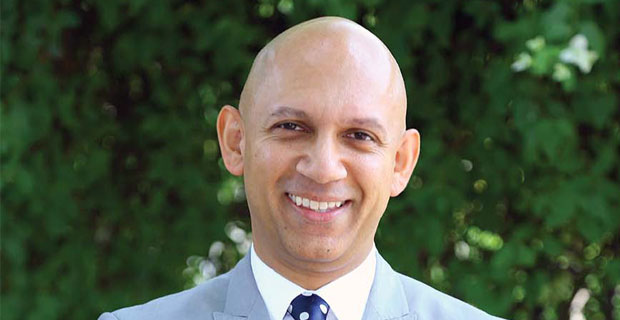“The Canada-India relationship is thriving on several fronts”
We have approximately 500,000 Sikh community in Canada which I believe is the largest outside of Punjab. And so I think while I cannot speak specifically for the community, I think this is something that has received very positive reception. But you know from our Prime Minister’s perspective, it is an important thing to do, and it is the right thing to do. And so I think it is less about what the reception is going to be, it is more about something that is long overdue and is the right thing to do. From that perspective we will be looking forward to that happening on May 18 in the house.
Saskatchewan is exploring more opportunities for partnering India and enhancing trade. Could you please elaborate on this?
All of our provinces are actively involved here. So for example earlier this year we had the premier of Ontario here. We had the premier of Prince Edward Island here. Both of those visits resulted in successful trade deals and a number of other linkages. And other premiers have been visiting India on and off for the past several years. And Saskatchewan is one of those provinces. Saskatchewan has made it very clear that India is a top priority for the province. If you look at exports from Canada, pulses, lentils and peas, the majority of those imported by India from Canada come from Saskatchewan. And the number is quite significant. I don’t know what the number is now, but it was 35 – 40 per cent of all imported peas and lentils from Canada which is pretty big. The uranium supplies that we talked about earlier, they come from a Saskatchewan based company. Other provinces are just as much interested, but Saskatchewan has certainly made it very clear that it will continue its commitment to the Indian market. There is no firm date for another visit by the premier, but we’ll certainly hope that one will take place in the not too distant future. And Saskatchewan’s Minister for Agriculture was just here recently, and we’ll see more trade delegations coming from the province as well.
Canada and India have signed a MoU in cooperation in Rail and Air transportation. What kind of benefits do you expect to flow out of this cooperation?
I think the benefits are mutual. If you look at both rail and air aviation, Canada has a very strong, robust aerospace, aviation industry. We host the International Civil Aviation Organization, we have the IATO headquarters, we have companies like Bombardier, CAE that makes flight simulators. We have an entire ecosystem of space and aviation. We are also closely aligned with American aviation companies as well. So we have a lot of depth and lot of capacity. Here in India, besides selling aircraft, we have companies that design and build airports, navigation systems, runways. And so the civil aviation MoU essentially brings forward an opportunity to collaborate to help India develop its aviation industry. The Minister of Civil Aviation has said that they look forward to working with foreign partners to develop its industry. So the MoU allows us to share policy expertise, share best practices, and bring technology and companies to the table that can help grow civil aviation infrastructure—everything from airports to runways to airplanes to new routes to passenger systems to security at airports, everything. Similarly, with rail, we look at companies like Bombardier that specialize in rail cars, signaling systems, entire infrastructure. There are a number of other companies that focus on smart cities and urban infrastructure design that includes rail, metros, and subways. We feel that Rail Minister Suresh Prabhu is extremely dynamic and playing a strong leadership role in developing this sector. And Canada can be a central player in this regard.











Comments.